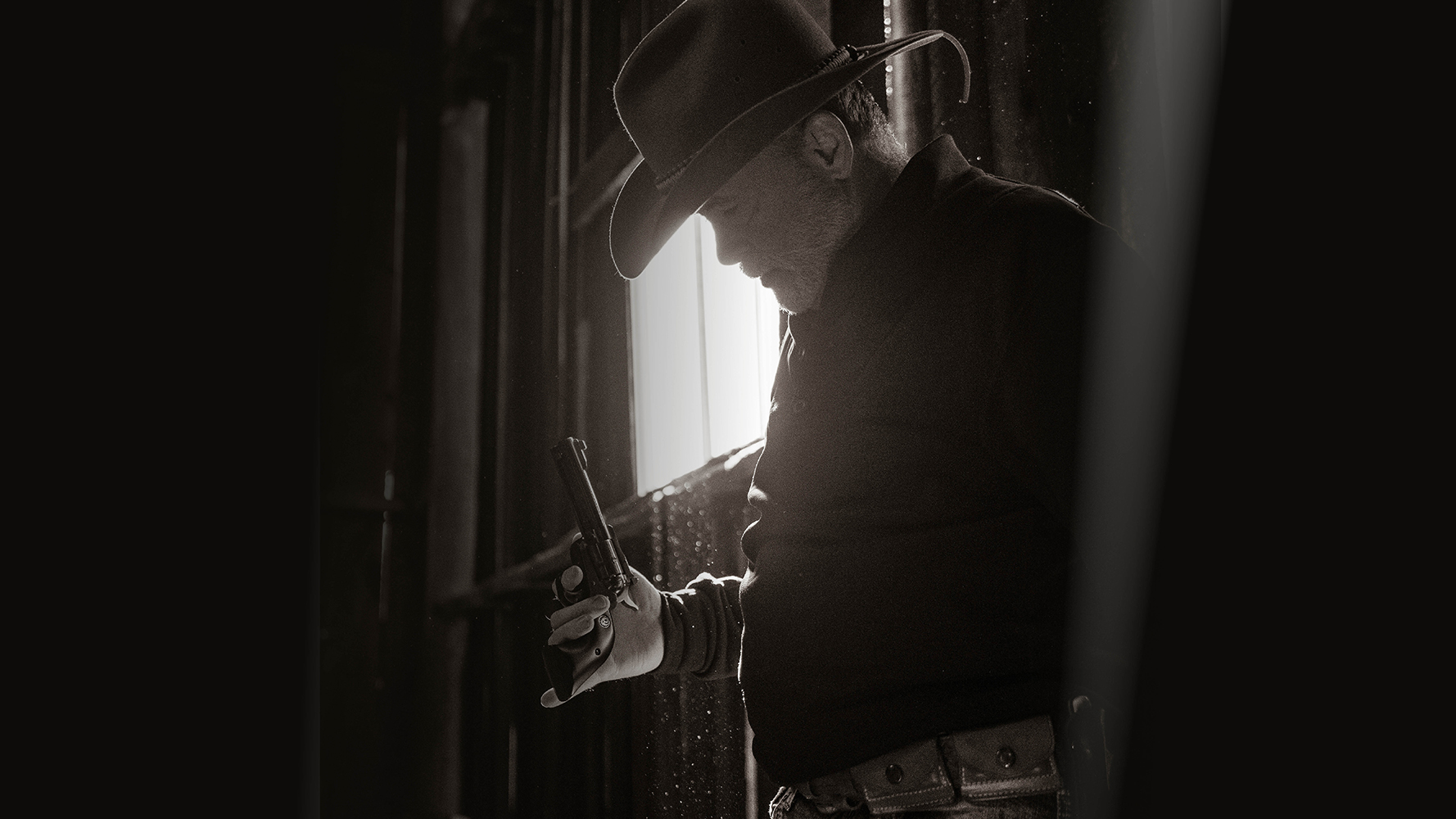Since my computer is mad at me for taking a week off and vacationing with my family, it decided to screw up. This was probably in an effort to get attention. It did not work; I ordered an iMac and started cleaning my office which is something I have not done a good job of since April.
 While sorting through the crap mixed in with some interesting stuff I found the box of .35 Whelen ammo I took to Africa and inside the box was the bullet I recovered from my first kudu bull. The shot was about 200 yards and the 225 grain Barnes Triple Shock entered mid-body, passed through the first lung, over the top of the hear, through the second lung and then broke the off-side leg bone. It was recovered just under the hide. The bullet retained all of its weight and expanded to double diameter just like a balanced bullet should.
While sorting through the crap mixed in with some interesting stuff I found the box of .35 Whelen ammo I took to Africa and inside the box was the bullet I recovered from my first kudu bull. The shot was about 200 yards and the 225 grain Barnes Triple Shock entered mid-body, passed through the first lung, over the top of the hear, through the second lung and then broke the off-side leg bone. It was recovered just under the hide. The bullet retained all of its weight and expanded to double diameter just like a balanced bullet should.
 As a side note, this ammo which is from Buffalo Bore shot very well out of my Forbes Rifle. Not only was it accurate – shooting about an inch for five shots at 100 yards – the standard velocity deviations were in the single digits. Performance like this is just one of the reasons I continue to return to Buffalo Bore for ammo when I need to depend on it. In fact, for my moose hunt this fall in Newfoundland I’ll be using a .308 Winchester and it too will be loaded with Buffalo Barnes ammo.
As a side note, this ammo which is from Buffalo Bore shot very well out of my Forbes Rifle. Not only was it accurate – shooting about an inch for five shots at 100 yards – the standard velocity deviations were in the single digits. Performance like this is just one of the reasons I continue to return to Buffalo Bore for ammo when I need to depend on it. In fact, for my moose hunt this fall in Newfoundland I’ll be using a .308 Winchester and it too will be loaded with Buffalo Barnes ammo.



I understand the qotueisn but suggest that it is not a realistic qotueisn. Here’s what I mean. If you are financially able to hunt every big game animal on the Earth then you can afford to purchase more than one rifle. The cost of the rifle is probably the smallest expense of a hunting trip. For example, if you wanted to shoot the Marco Polo Sheep in the Himalayas you want a flat-shooting rifle that will reach out a long distance, say 300 yards or so, and kill the sheep at such a distance. If you were shooting a Cape Buffalo you would want a heavy bullet that will smash through massive amounts of bone and horn and deliver massive tissue destruction. For that you don’t want to use the same rifle and caliber you use for the sheep. Then if you want to shoot an American antelope you want a light bullet at high velocity, again for long range, but you don’t need as heavy a bullet as you would use for the sheep. If you want a moose, you might want something in between. I’ve hunted grizzly in Alaska, moose in Alaska and British Columbia, plains antelope in Africa and the USA, deer, caribou and elk in the USA (lower 48). I’ve used a .375 H H (grizzly, moose and elk and African Antelope), a .300 Weatherby Magnum (elk and caribou and moose), a 7mm Rem Mag (caribou, deer, African antelope and American antelope), a .264 Win Mag (antelope in Montana, deer in California). Now, over the years my favorite caliber became the .375 H H mag. I handload so that gave me tremendous variety and I had a custom made rifle which was extremely accurate. Also I practice a lot and the recoil didn’t bother me (though I freely admit it kicks like hell). So, if you asked for a recommendation for just one gun, I’d vote for the .375 but that’s not a realistic approach. Also, I wouldn’t (and didn’t) begin with the .375. I’d start with something like the 7mm Rem Mag, hunt most big game in the USA and when I was ready for grizzly I’d get the .375. Just one man’s opinion.